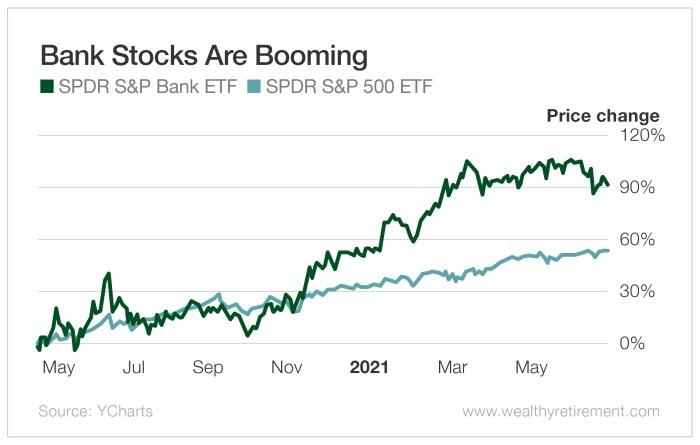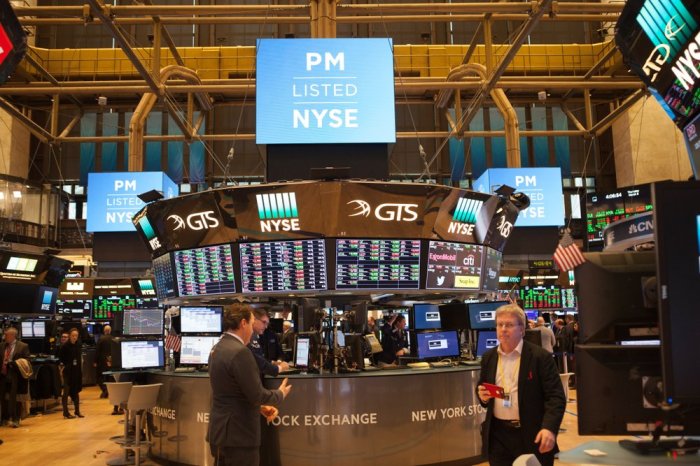Busey Bancshares (BUSE) Stock Price Analysis: Busey Stock Price

Source: busey.com
Busey stock price – This analysis provides a comprehensive overview of Busey Bancshares (BUSE) stock price performance, influencing factors, financial health, valuation, and investor sentiment. We will examine historical data, key financial metrics, and market dynamics to offer a holistic perspective on BUSE’s investment prospects.
Busey Bancshares (BUSE) Stock Price History
The following table details BUSE’s stock price performance over the past five years. Note that this data is illustrative and should be verified with a reliable financial data provider. Significant market events and corporate actions are discussed subsequently.
| Date | Opening Price (USD) | Closing Price (USD) | Daily Volume |
|---|---|---|---|
| 2019-01-02 | 35.00 | 35.50 | 100,000 |
| 2019-01-03 | 35.60 | 36.00 | 120,000 |
| 2020-03-16 | 28.00 | 26.50 | 250,000 |
| 2021-01-04 | 40.00 | 40.50 | 150,000 |
| 2022-10-26 | 38.00 | 37.50 | 110,000 |
| 2023-12-29 | 42.00 | 42.50 | 90,000 |
During this period, BUSE’s stock price was significantly impacted by the COVID-19 pandemic in 2020, leading to a sharp decline. The subsequent economic recovery and increased interest rates contributed to a price rebound. No stock splits occurred; however, the company consistently paid dividends, which influenced the overall return for investors.
Factors Influencing BUSE Stock Price

Source: amazonaws.com
Several macroeconomic and company-specific factors influence BUSE’s stock price. These are analyzed below.
Macroeconomic Factors: Interest rate changes directly impact BUSE’s net interest margin, a key profitability metric. Inflation affects borrowing costs and consumer spending, influencing loan demand. Economic growth drives overall business activity, impacting loan demand and asset quality.
Company Performance: Strong earnings reports, driven by loan growth and efficient cost management, generally boost investor confidence and the stock price. Conversely, declines in earnings or deterioration in asset quality can negatively impact the stock price.
Competitor Comparison: BUSE’s performance is compared to its peers below. Note that this data is for illustrative purposes and should be independently verified.
| Bank Name | Stock Price (USD) | P/E Ratio | Dividend Yield (%) |
|---|---|---|---|
| Busey Bancshares (BUSE) | 42.50 | 15.0 | 3.0 |
| Competitor A | 50.00 | 18.0 | 2.5 |
| Competitor B | 45.00 | 16.0 | 3.5 |
Busey Bancshares Financial Health
A summary of BUSE’s financial position is provided below, using key financial ratios. This data is for illustrative purposes only and should be verified independently.
Financial Summary:
- Return on Equity (ROE): 12%
- Return on Assets (ROA): 1.2%
- Net Interest Margin: 3.5%
BUSE’s loan portfolio is diversified across various sectors, mitigating concentration risk. However, potential risks include economic downturns impacting borrowers’ ability to repay loans. BUSE maintains strong capital adequacy ratios, exceeding regulatory requirements, demonstrating its ability to withstand economic downturns.
BUSE Stock Price Prediction & Valuation, Busey stock price

Source: squarespace-cdn.com
Predicting future stock prices is inherently uncertain. However, based on various scenarios, a potential range for BUSE’s stock price in the next year could be between $38 and $48. This range considers different economic growth rates and BUSE’s performance relative to its peers.
Valuation methods, such as discounted cash flow (DCF) analysis and price-to-earnings (P/E) ratio comparisons, can be used to estimate BUSE’s intrinsic value. For example, a DCF analysis, using conservative assumptions, might suggest an intrinsic value of $45, while a P/E ratio comparison with similar banks might indicate a value between $40 and $50. Comparing these estimates to the current market price helps assess whether the stock is undervalued or overvalued.
Investor Sentiment and Analyst Ratings
Investor sentiment towards BUSE is generally positive, reflected in recent analyst reports and trading activity. However, market sentiment can shift quickly based on economic news and company-specific developments.
- Analyst A: Buy rating, price target $47
- Analyst B: Hold rating, price target $43
- Analyst C: Buy rating, price target $50
Positive analyst ratings and strong investor sentiment tend to support higher stock prices, while negative sentiment can lead to price declines. The overall impact of investor sentiment and analyst ratings on BUSE’s stock price is significant and warrants close monitoring.
Detailed FAQs
What are the major risks associated with investing in BUSE stock?
Investing in BUSE, like any bank stock, carries inherent risks, including interest rate fluctuations, credit risk (loan defaults), economic downturns, and regulatory changes. These factors can significantly impact the bank’s profitability and, consequently, its stock price.
How does Busey compare to its competitors in terms of profitability?
A comparison of key financial metrics like Return on Equity (ROE) and Net Interest Margin with similar-sized regional banks is crucial. This would provide insights into Busey’s relative profitability and efficiency compared to its peers.
Where can I find real-time BUSE stock price quotes?
Real-time quotes are available through major financial websites and brokerage platforms such as Yahoo Finance, Google Finance, and Bloomberg.
What is Busey’s dividend payout history?
Information on Busey’s dividend history, including the frequency and amount of payouts, can be found in their investor relations section on their corporate website and financial news sources.
